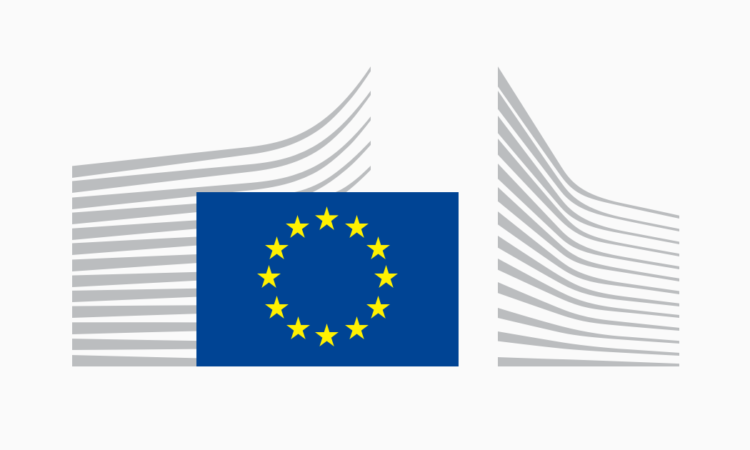
In 2008, the EU adopted the Marine Strategy Framework Directive (MSFD) to maintain clean, healthy, productive and resilient marine ecosystems while securing a more sustainable use of marine resources. This Directive directly contributes to the ambition of the European Green Deal, namely the EU’s Biodiversity Strategy for 2030 and the Zero Pollution action plan.
The Directive requires Member States to develop national marine strategies in order to achieve, or maintain where it exists, ‘good environmental status’. Such status should have been achieved by 2020. The marine strategies comprise regular assessments of the marine environment, setting objectives and targets, establishing monitoring programmes and putting in place measures to improve the state of marine waters.
The measures should also include spatial protection measures, such as a coherent and representative network of marine protected areas. All these actions must be done in close coordination with neighbouring countries at regional sea level. Annex III of the Directive, detailing lists of characteristics, pressures and impacts that Member States need to consider in their marine strategies, was changed in 2017.
Good environmental status
The main goal of the Marine Directive is to achieve Good Environmental Status of EU marine waters by 2020. The Directive defines Good Environmental Status (GES) as “The environmental status of marine waters where these provide ecologically diverse and dynamic oceans and seas which are clean, healthy and productive”.
It means that the different uses made of the marine resources are conducted at a sustainable level, ensuring their continuity for future generations.
To help Member States interpret what this means in practice, in Annex I the Directive sets out eleven qualitative descriptors which describe what the environment will look like when GES has been achieved.
- Descriptor 1: Biodiversity is maintained
- Descriptor 2: Non-indigenous species do not adversely alter ecosystems
- Descriptor 3: Populations of commercial fish and shellfish species are healthy
- Descriptor 4: Food webs ensure long-term abundance and reproduction of species
- Descriptor 5: Eutrophication is reduced
- Descriptor 6: Sea floor integrity ensures the proper functioning of ecosystems
- Descriptor 7: Permanent alteration of hydrographical conditions does not adversely affect ecosystems
- Descriptor 8: Concentrations of contaminants give no pollution effects
- Descriptor 9: Contaminants in seafood are at safe levels
- Descriptor 10: Marine litter does not cause harm
- Descriptor 11: Introduction of energy (including underwater noise) does not adversely affect the ecosystem
In 2017 a Commission decision further detailed the criteria and methodological standards that Member States need to use when determining good environmental status for each of these descriptors. It also prescribes specifications and methods for monitoring and assessing the state of the marine environment.
Review of the Marine Strategy Framework Directive
The Commission is reviewing the Directive and will propose amendments if necessary. The review will build on the report adopted in June 2020 that assessed the first implementation cycle of the MSFD and highlighted a number of elements that need to be addressed.
The 2020 implementation report was accompanied by three other documents covering the state of the marine environment, MSFD implementation in detail, and an in-depth look on the various elements of the marine strategies.
See the public consultation and provisional timeline for the review.
A holistic framework
The Marine Strategy Framework Directive builds on existing EU legislation and covers specific elements of the marine environment not addressed in other policies. Some of the key legislation and policies directly relevant to the Directive are
- The Water Framework Directive – sets the goal of achieving Good Status for all EU surface and groundwaters by 2015, tying in with the goal of Good Environmental Status under the Marine Directive.
- The Birds and Habitats Directives – Europe’s central laws on nature conservation, providing special protection for key sites including marine.
- The Common Fisheries Policy sets out a collaborative approach to managing the EU’s shared seas and fisheries. It lays down rules to ensure Europe’s fisheries are sustainable and do not damage the marine environment, thereby contributing to achieving good environmental status.
- The Blue economy and maritime spatial planning – setting out the policy framework for use of maritime space and resources
- REACH Regulation – aims to improve the protection of human health and the environment through the better and earlier identification of the environmental risk chemicals pose.
- Action plan: Protecting and restoring marine ecosystems for sustainable and resilient fisheries, bridging the fisheries and environment worlds for a transition to sustainable ways of fishing.
- The Urban Waste Water Treatment Directive – regulates one of the main sources of water pollution that can find its way to coastal waters if left uncollected and untreated.
- The Waste Framework Directive provides important mechanisms for the removal of litter and the improvement of water quality in line with the requirements of the MSFD.
Others include the Single-Use plastics Directive, the EU Plastics Strategy, the Circular Economy Action Plan, Strategic Environmental Assessment and Environmental Impact Assessment Directives, the Port Reception Facilities Directive, the Ship-source pollution Directive and many others.






